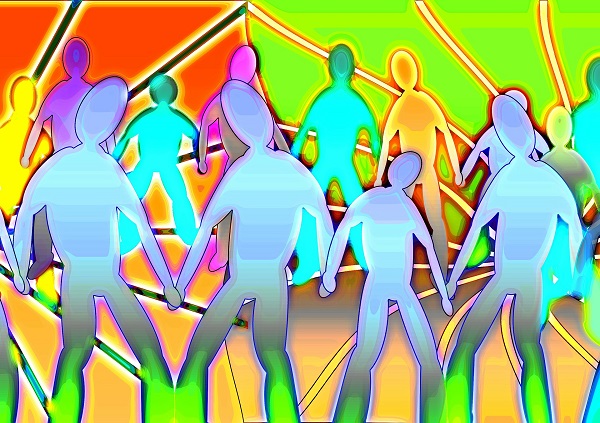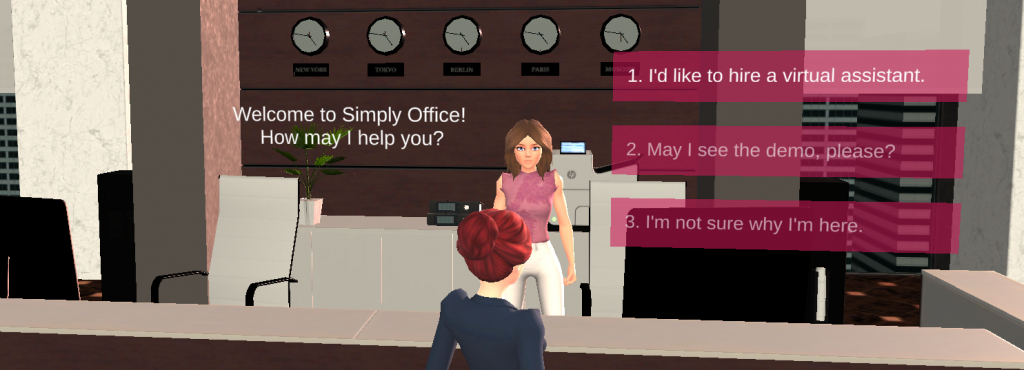The Metaverse Traits: the Good, the Bad, and the Evil
Since the pandemic, people have used the internet much more for work meetings, job interviews, school projects, and much more. We are constantly online and non-stop communicating. However, this can become very impersonal over time. So, how can organizations make a virtual workplace more exciting? They can use the metaverse. A virtual world where you can create your own avatar and interact with people in a more compelling manner. Rather than being on a conference call where no one turns on their cameras, you can make your own avatar. It can resemble you and do virtually anything in this new world. Obviously, the space is still very new, but knowing the metaverse traits, including the good, the bad, and the evil, is vital before immersing into it.
Reading time: 4 mins | Published on: 1/31/2022
The Good
The metaverse is a new and exciting way for people to meet and collaborate with one another. People can easily gather together in a much more immersive environment to discuss and work on projects. Their interactions will be much more natural, since they will include speaking and gestures, along with the video. Individuals may customize their avatars to their liking. Teams will benefit from the 3D experience in a whole new way. For example, architects could use the metaverse to collaborate on a 3D model of a building. Industrial designers can actually ‘see’ the models of the products they are designing. Scientists and doctors can work alongside at labs and research centers in the metaverse. The opportunities are endless. And the best part is that anyone can join an activity in the metaverse from anywhere, so physical barriers like distance, timezone difference, or flight costs no longer exist. These are just some of the benefits the metaverse has to offer. This article by Simply Flows highlights the basics of the metaverse for those who would like to learn more.
The Bad
The metaverse is still new for most people. As with any technology, there are early adopters, eager to try something new. Other people, though, may be hesitant to try it out for a number of reasons. The metaverse as a concept can be intimidating at first. Even I was confused the first time I encountered it. However, once I got the hang of it, I knew it would be great for so many different organizations. Of course, there are many valid concerns around data privacy and security, people’s behavior, and the integrity of information. Nothing different from the issues every social platform is dealing with at the moment. A possible solution, for the business at least, would be to have its own areas or spaces, where company guidelines could be enforced. Then ‘the bad’ part of the metaverse traits wouldn’t be too scary.

The Evil
To be fully transparent, there are some drawbacks to the metaverse. Yes, it gives you an interactive experience with your coworkers, but it can pull you away from the real world. It is easy to become obsessed with the virtual world. One must know when to pull themselves away. Just be cautious and use the application safely. Like any other video game, TV show, or book series, you could become absorbed in it and to want to remain immersed. It is okay to enjoy the metaverse experience, but one must enjoy it responsibly.
So, what have we discussed so far? The metaverse can be a great experience, once people learn its benefits. For organizations, the visual and 3D immersive experience can help with meetings and collaborations, 3D projects, presentations, etc. It can also help cut down on time and money wasted by eliminating travel, commute, physical offices, or expensive models. People may be skeptical at the beginning, but privacy and safety measures put in place can help ease their worries. Ensuring that you know your boundaries is also important, so you don’t become too dependent on this world. Something else, the metaverse being an extension of the online ecosystem, is bound to carry some of its restrictions and flaws. It is our duty as metaverse creators, contributors, and participants to ensure it is safe, enjoyable, and beneficial for all spaces. All in all, knowing about these metaverse traits helps in deciding if, how, and when to embrace this immerging technology.
Simply Flows, has recently expanded into the metaverse. They are the first metaverse to have virtual assistants and are a big part of the business metaverse. Check them out!




